
When planning a new playground or upgrading an existing one, safety surfacing is one of the most significant decisions you’ll face. With so many options available, it can be hard to know which one checks all the right boxes. One popular choice is poured-in-place rubber, often referred to as PIP. It’s durable, safe, fully accessible, and customizable, but it also comes with a higher upfront cost.
So, is it really worth it? Let’s break it down.
What Is Poured-in-Place Rubber?
Poured-in-place rubber is a two-layer surfacing system composed of rubber granules and a special binder, which is mixed on-site and installed directly onto a prepared base. The bottom layer absorbs impact, and the top layer provides a smooth, colorful finish.
It’s completely ADA-compliant, meaning it’s accessible to children using mobility devices such as wheelchairs and walkers. When you work with a certified provider like Kidstuff Playsystems, you’re also getting IPEMA-certified surfacing, which means it’s been independently tested to meet national safety standards.
Why So Many Schools and Parks Choose PIP
Safety First
PIP is designed to meet ASTM F1292 safety standards, which measure how well a surface cushions falls. Its layered construction makes it one of the best options for fall protection, especially under taller playground structures.
It’s also the top choice for toddler play areas (ages 6 to 23 months). This age group is most vulnerable to injury, and PIP provides a soft, stable, trip-free surface that supports crawling, early walking, and safe exploration.
Toddlers are not only more prone to falls, but they also like to put things in their mouths. That’s why loose-fill options like engineered wood fiber (EWF) or rubber mulch are not recommended for this age group.
Easy to Navigate
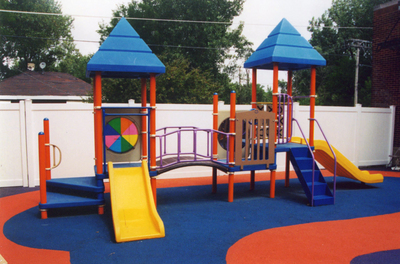
Because it’s a smooth, unitary surface, PIP creates a level playing field—literally. There are no loose parts to shift or scatter, which means no tripping hazards or uneven patches. It’s ideal for kids using mobility aids and also makes it easier for parents or caregivers to move through the space.
Low Maintenance
Unlike wood chips or rubber mulch, PIP doesn’t require topping off or frequent redistribution. Once it’s installed, it stays in place. You’ll still want to do regular inspections and occasional cleaning, but for the most part, PIP is a “set it and forget it” surface.
Design Flexibility
One of the most unique aspects of PIP is its high level of customization. You can choose from a wide range of colors and patterns and even embed designs or playground games, like hopscotch or four square. It gives you the chance to create a play space that’s as fun to look at as it is to use!
What Does PIP Surfacing Cost?
It’s true—PIP is one of the more expensive playground surfacing options. The final cost depends on several factors, including square footage, required fall height protection, site conditions, and design complexity. Smaller spaces often cost more per square foot because the setup and installation process is the same regardless of size.
Freight and Location Matter
One major factor in pricing is freight. If your location is far from the surfacing factory or installation crew, transportation costs can rise quickly. That’s why it helps to work with a company like Kidstuff Playsystems, which partners with certified installation crews across the U.S. to reduce travel expenses and ensure quality installations.
Comparing Long-Term Value
Even though it costs more upfront, PIP often pays off over time. You won’t have to replace or top off materials constantly, and you reduce the risk of injuries and liability thanks to its superior safety performance. In the long run, many schools and parks find that PIP saves them money by reducing maintenance and repair needs.
What About Artificial Turf?
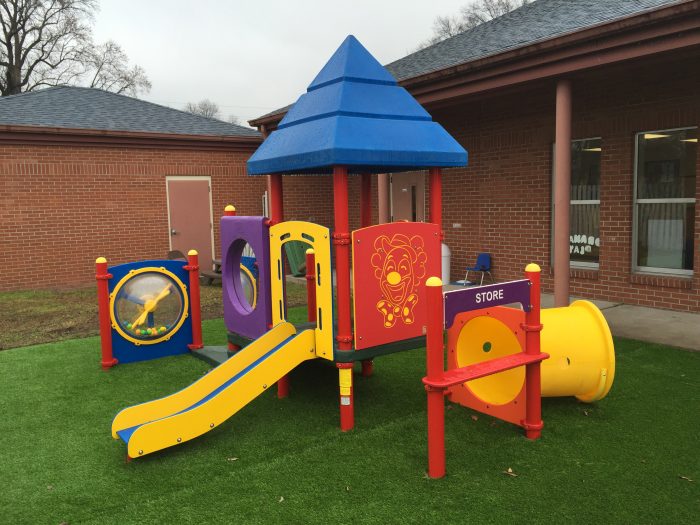
Artificial turf is another surface that falls into a similar price range as poured-in-place rubber and is often selected for its natural appearance. It offers a lush, grass-like aesthetic while still meeting fall protection and accessibility requirements. It’s also durable, low-maintenance, and good for high-traffic areas.
Some customers prefer turf over PIP because it blends into natural surroundings or looks more “park-like,” especially in community and municipal settings. Like PIP, artificial turf is best installed by certified professionals to ensure proper safety performance.
When PIP Is the Right Choice
While it may not be for every project, PIP is a smart investment for:
- Inclusive playgrounds that need a surface everyone can access
- Toddler areas where safety and stability are essential
- High-use areas like schools, city parks, and community centers
- Design-focused projects where you want to include games or branding
- Urban spaces where you need clean, seamless installation with a professional look
Things to Keep in Mind
As with any material, there are a few limitations to consider:
- Upfront cost is higher than other options, like engineered wood fiber or loose rubber
- Professional installation is required—you can’t DIY this surface
- A hard sub-base is needed, such as compacted stone, asphalt, or concrete
- It can get warm in direct sun, so pairing it with shaded areas is a smart move
So, Is PIP Worth It?
If you’re looking for a surface that offers top-notch safety, long-term durability, accessibility, and a polished finish, then yes, poured-in-place rubber is absolutely worth the investment. It’s especially valuable for early childhood playgrounds and inclusive environments, where seamless, reliable surfacing really makes a difference.
It’s a big commitment, but one that delivers long-term benefits in safety, maintenance savings, and overall experience.
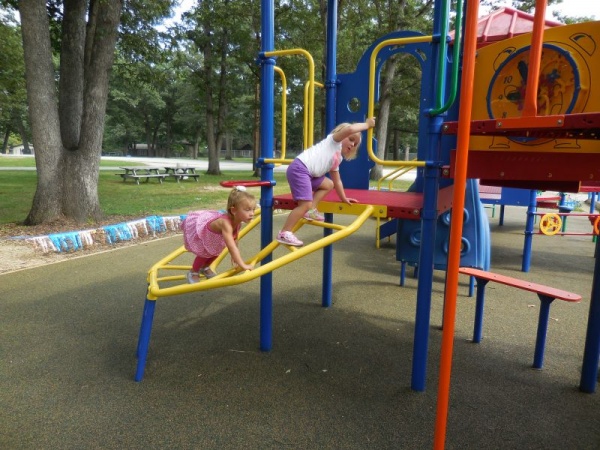
Let’s Build a Playground That Lasts!
At Kidstuff Playsystems, we offer poured-in-place rubber surfacing that is both IPEMA-certified and ADA-compliant. Our team can help you decide if PIP is the right fit for your space, handle all the details from start to finish, and connect you with certified installers to ensure everything is done right.
Call us at (800)255-0153 or request a quote online to learn more about our playground safety surfacing options.

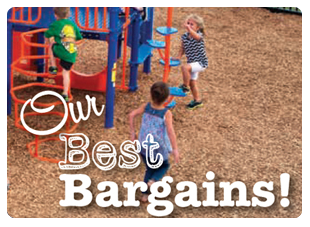
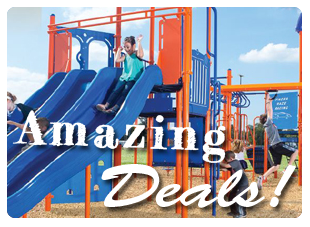
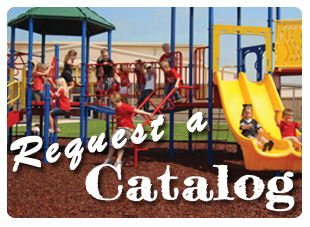
Leave a Reply